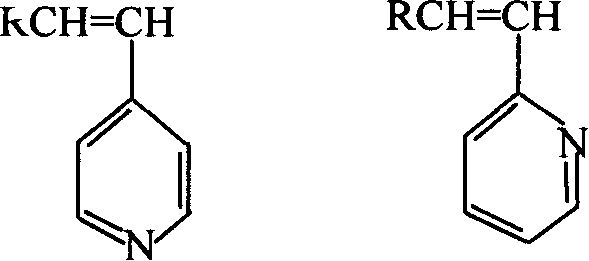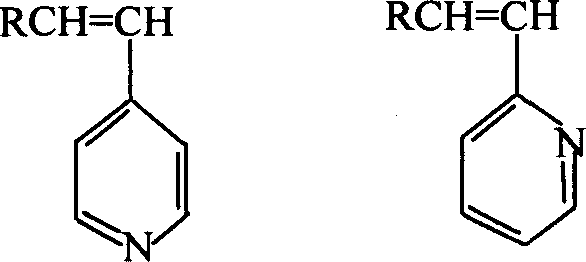Polarized SEBS and its preparing mthod
A polarized and polarized technology, applied in the field of polarized SEBS and its preparation, can solve the problems of complex process, high production cost, and low industrial production output, and achieve broad application fields, low production cost and superior performance Effect
- Summary
- Abstract
- Description
- Claims
- Application Information
AI Technical Summary
Problems solved by technology
Method used
Image
Examples
Embodiment 1
[0013] Example 1: In a 5L polymerization kettle, add 3L cyclohexane, 100ml styrene and a small amount of tetrahydrofuran, add the calculated catalyst butyllithium after raising the temperature to 60°C, and initiate polymerization. After one stage of polymerization is completed, add 435ml butanedi Alkenes and 100ml styrene are polymerized in the second and third stages. After the second and third polymerizations, the active SBS is obtained. The temperature of the system is maintained at 50-90°C. Continue to add 10ml of 2-vinylpyridine to carry out the fourth stage of polymerization. The polymerization time The control is 5 minutes. After the polymerization, transfer the glue solution into a 10-liter hydrogenation stirred tank, raise the temperature, pass hydrogen gas, and add 0.15 mmol of methyl benzoate as a co-catalyst after the temperature of the tank reaches 50 ° C, continue stirring for 20 min, and heat up to 70 ° C at the same time. Add the 0.65mmol dicyclopentadiene tita...
Embodiment 2
[0014] Embodiment 2: Change the 10ml 2-vinylpyridine added in the fourth section into 20ml methyl methacrylate, and other raw materials and manufacturing methods are the same as in Example 1, so that the polar SEBS containing methyl methacrylate can be obtained. The number average molecular weight of the product is 98480, the molecular weight distribution index is 1.13, and the degree of hydrogenation of the conjugated diene is 98.3.
[0015] Preface
PUM
 Login to View More
Login to View More Abstract
Description
Claims
Application Information
 Login to View More
Login to View More - R&D
- Intellectual Property
- Life Sciences
- Materials
- Tech Scout
- Unparalleled Data Quality
- Higher Quality Content
- 60% Fewer Hallucinations
Browse by: Latest US Patents, China's latest patents, Technical Efficacy Thesaurus, Application Domain, Technology Topic, Popular Technical Reports.
© 2025 PatSnap. All rights reserved.Legal|Privacy policy|Modern Slavery Act Transparency Statement|Sitemap|About US| Contact US: help@patsnap.com


